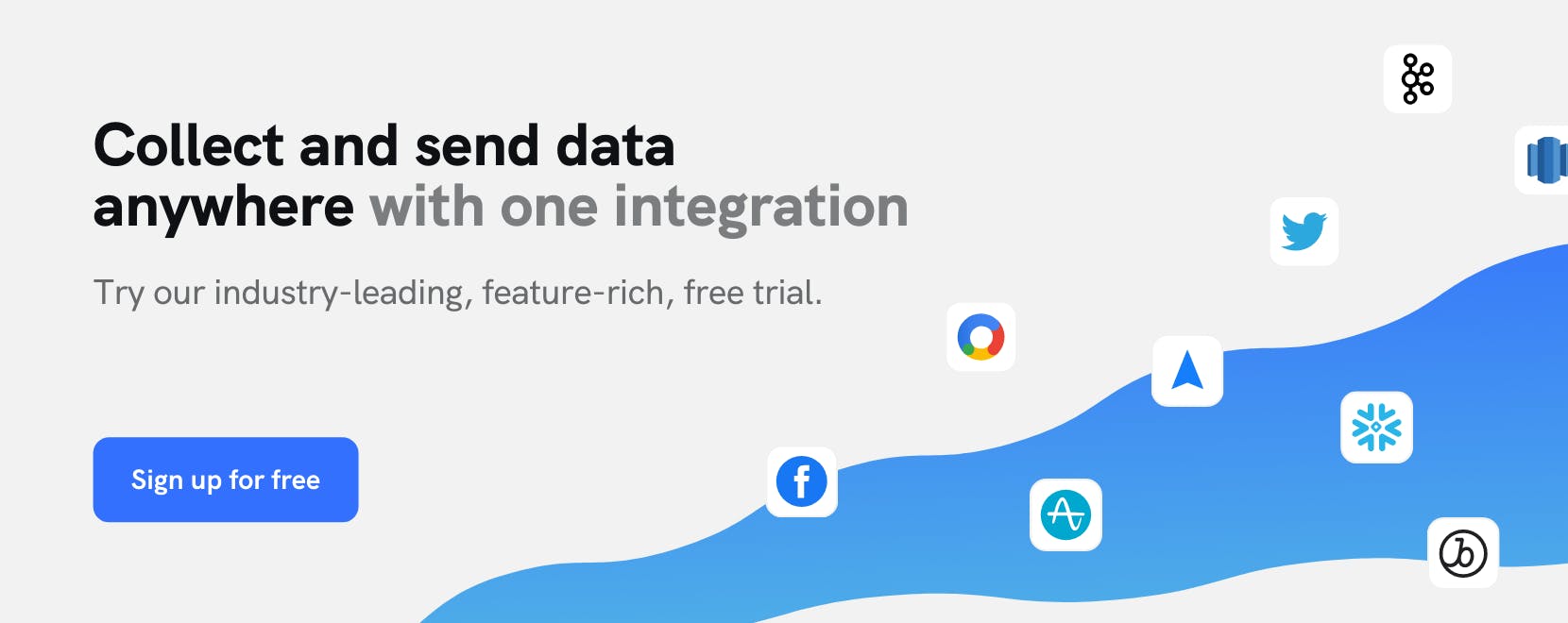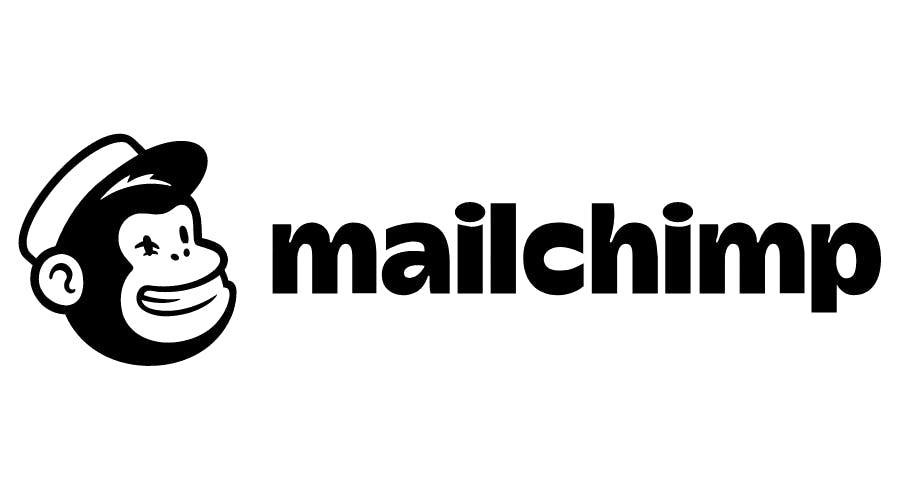Use Cases
Uncover high-value customer segments with Mailchimp and Looker


Breaking down silos and unlocking the full potential of customer data is one of the main challenges growth teams face every day. Though the term “data silos” most commonly brings to mind information housed in isolated systems, this is not the only scenario in which data can fall short of its potential. When customer events and behavior are collected on a particular channel but are never used to inform cross-platform strategy, the power of this data is not fully realized.
Every day, Mailchimp customers collect tremendous amounts of data on their current and potential customers through their email marketing efforts. And while this information is often leveraged to strategize subsequent email campaigns, it is less commonly utilized to uncover broader customer insights and identify user segments with high lifetime value potential.
In this use case, we will look at how mParticle enables you to leverage email campaign data from Mailchimp to pinpoint customer audiences with a high probability of delivering lifetime value.
Step 1: Send a data set from your Mailchimp campaign to mParticle
mParticle's Mailchimp Feed integration allows you to forward data such as email engagements and subscription updates from Mailchimp directly into mParticle. In mParticle, this data will merge with the existing customer profiles that have been built from other channels, adding detail to the story of how your customers behave and interact with your brand.
Step 2: Build audiences in mParticle
Next, you can use the data ingested from Mailchimp to build mParticle Audiences. Within mParticle, you can define audiences based on email opens, clicks, subscriptions, campaign sending status, email address changes and more. You can also further filter your audience by defining any additional profile attributes that matter to your engagement strategy.
Step 3: Forward your audiences to Looker to identify high-value customer segments
Once you have connected your mParticle and Looker accounts, you can begin to send your defined audiences to Looker for more granular analysis. To do this, create a Raw Data Export from mParticle to a data warehousing solution of your choice. Looker will then be able to access your exported audiences from your DWH. Amazon Redshift is a popular DHW solution that integrates seamlessly with both mParticle and Looker.
Using Looker’s Audiences dashboard, you can examine how effective a given audience is compared to others, and pinpoint the behaviors and characteristics of users that correlate closely with high conversion value. You can then turn these cross-sections of your audiences into their own segments within Looker to export back to mParticle to leverage in downstream systems.
Step 4: Forward high-value audiences back to mParticle to target
Now that you have identified potentially high-value customer segments within Looker based on your mParticle Audiences, you can send these audiences back to mParticle to use in your various engagement platforms.
mParticle's Looker Feed integration enables you to import segments, calculations, and insights back into mParticle where they can be used to power contextual customer experiences.


